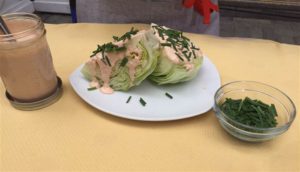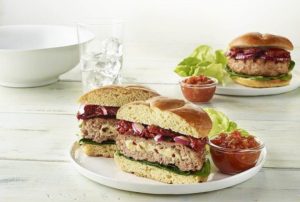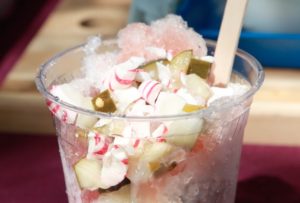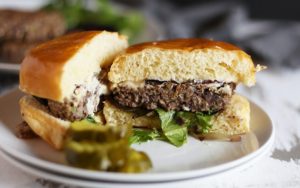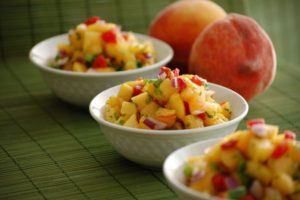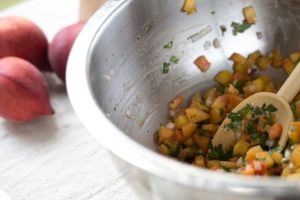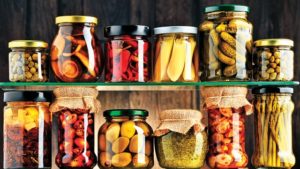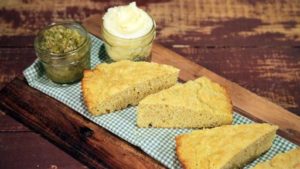By Avantika Bhuyan – The Economic Times
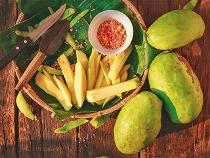
“On social media, they were telling stories, reliving memories, sharing pictures and documenting old recipes,” says Ghildiyal.
It’s not usual for poets to write paeans to pickles, but you would have to agree that the mango pickle, with its tart flavour and heady aroma, deserves that extra bit of praise. In fact, scholar KT Achaya in his book, Indian Food: A Historical Companion, mentions a couple of lines written by Annaji in Soundara Vilasa, about a domestic meal way back in AD 1600. “There was mixed rice, kattogara and kalasogara; a sweet payasam… a pickle of tender mangoes, the stalks of which had not even lost their .
“All our memories of train journeys and school lunchboxes are redolent of aam ka achaar, duly stained with turmeric and spice-infused oil,” writes Sangeeta Khanna in her popular blog, Banaras ka Khana. It is no wonder that when Rushina Munshaw Ghildiyal, an author, consultant and founder of the APB Cook Studio in Mumbai, organised an Aam Achaar Day on April 22 — the first in a series of Indian food observance days that she has initiated to celebrate seasonal produce and timeless dishes — it became hugely popular on social media.
When Ghildiyal did a hashtag assessment, she found out that #AamAchaarDay had reached out to 4,75,000 people on Twitter and had got 8 lakh impressions on Facebook. A Facebook Live video of half-a-dozen food bloggers and home cooks making various pickles had reached out to 1 million people. “On social media, they were telling stories, reliving memories, sharing pictures and documenting old recipes,” says Ghildiyal. While one person wrote about the khatti kairi his Nani used to make, another posted about Andhra Pradesh’s signature pickles.
Hullaballoo in the Mango Tree
If you were to embark on a mango pickle trail through the country, you would find the route peppered with rare heirloom recipes and heartwarming stories around the pickling process.
For instance, food blogger, Harini Balakrishna Prakash remembers learning different variants of the aam achaar as her father got posted in various parts of the country. “My father was an officer in the defence estates service. Wherever we lived, the local cooks would teach my mother the regional fare, including pickles,” she says. Her childhood memories evoke flavours of the avakkai, which was made in the third week of April when absolutely firm mangoes hit the market. The spicy pickle would liven up a meal of hot rice, doused with sesame oil, and fried appalams on the side.
“The Tamil version is not as spicy as the one in Andhra Pradesh. Another popular pickle, which we had to have, is the vadu manga — tiny baby mangoes marinated in a spicy brine, which is made in mid-March as that’s when tender mangoes appear,” she says. Another variant is the manga thokku, which is more of an instant pickle and is very easy to make. “Raw, hard mangoes are shredded or finely diced, and cooked in a medley of spices and oil,” says Prakash.
Getting people to reminisce about their favourite mango pickle throws up revelations, like the Maharashtrian Saee Koranne Khandekar’s mohricha loncha, which is a rare recipe that her greatgrandmother standardised. “It is considered a rite of passage in our family. All the children were introduced to this, when they reached a pickle-eating age,” says Khandekar, who is a food consultant and author of Crumbs! Bread Stories and Recipes for the Indian Kitchen. The recipe features chopped mangoes and finely ground mustard, which is then mixed with water that is boiled and cooled and jaggery.
Then there is the Parsi buffena, made with whole ripe mango and a special sugarcane vinegar, which used to make an appearance in shops in South Mumbai for a brief period at this time of the year. A pickle is an heirloom and an adventure. Even as a recipe is passed down, every generation is tempted to wrap its ladle around a new pickle. If Ghildiyal swears by a hing achaar, typically made at her in-laws’ home in Garhwal, her mother Heena Munshaw reminisces the Gujarati chhundo of her childhood. It’s not just recipes that are bequeathed but songs on pickling as well. For instance, Prakash hums the lines of a rustic Tamil song that used to be sung during the pickling process, the snatches of which she learnt from her grandmother: “Mela irrukkum thol, kashakum maadhalal/Mella kathiyaal, cheeva vendume (On top is the skin, which is bitter/Peel it delicately with a knife, sister).”

